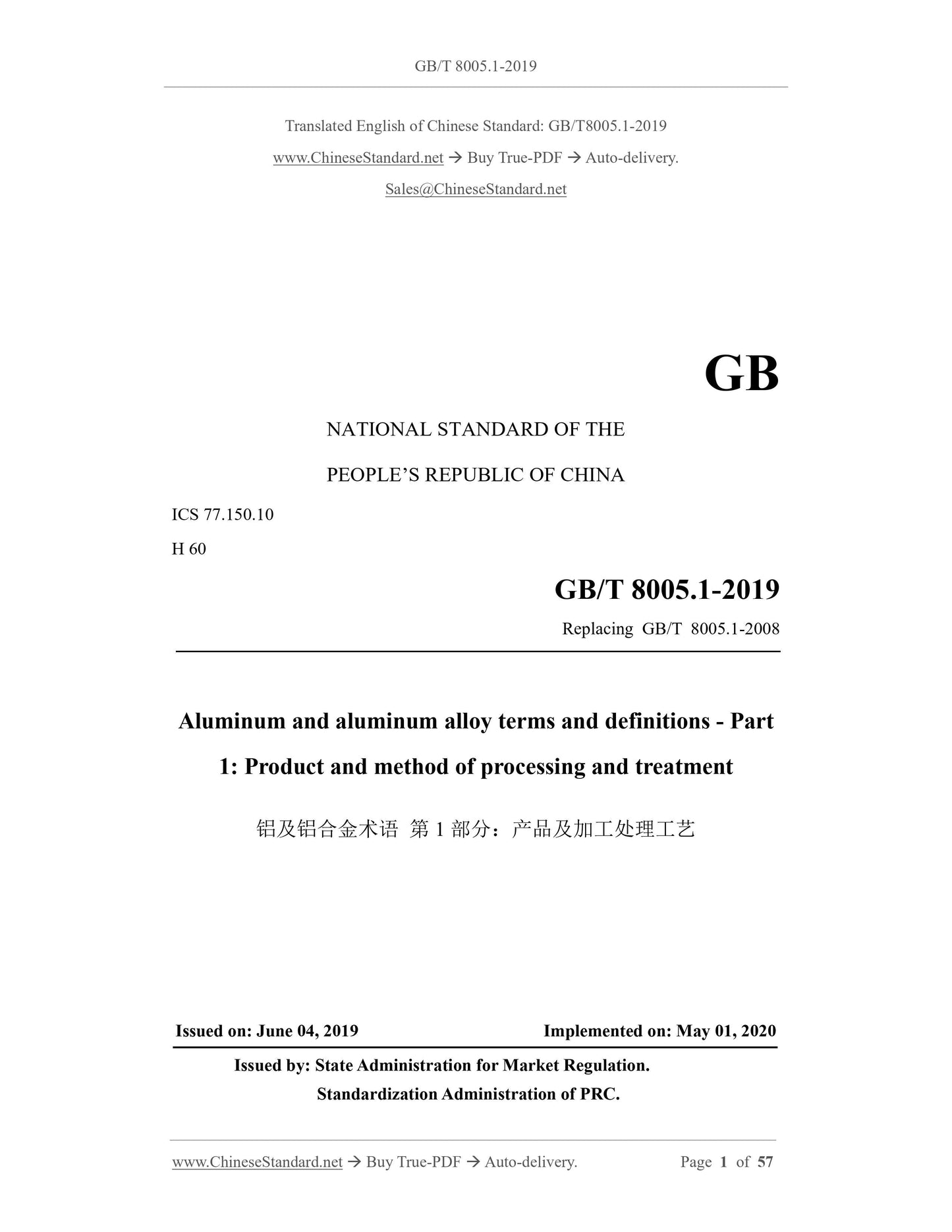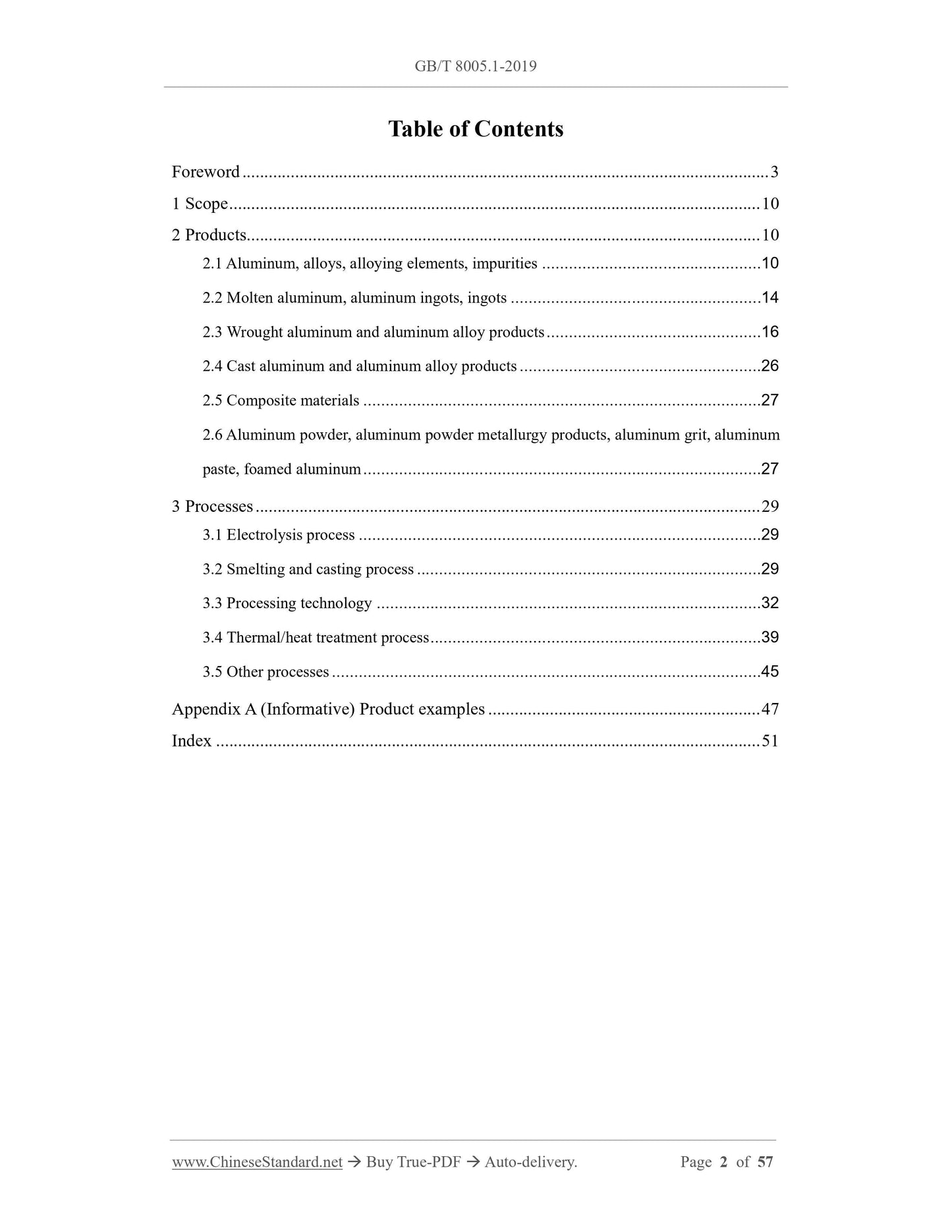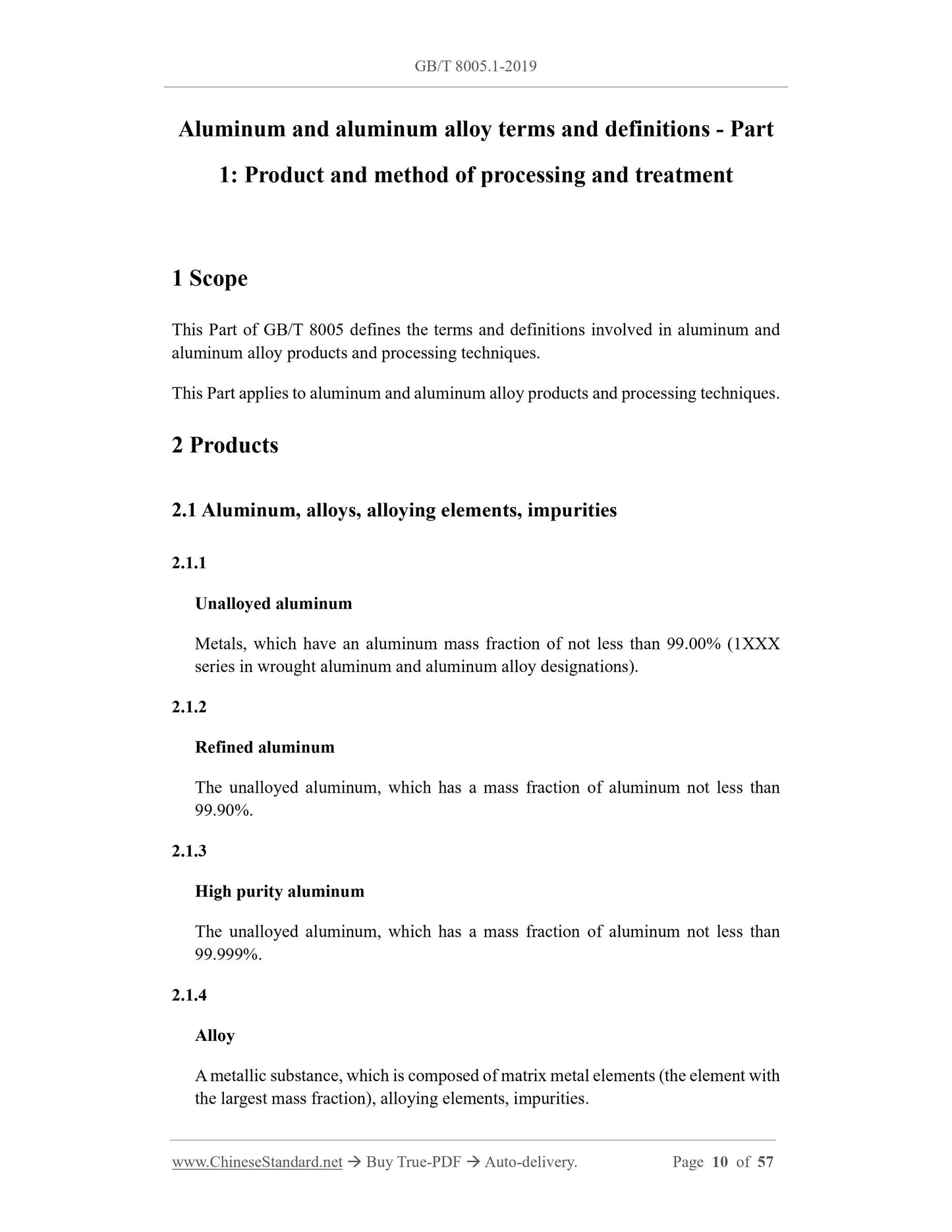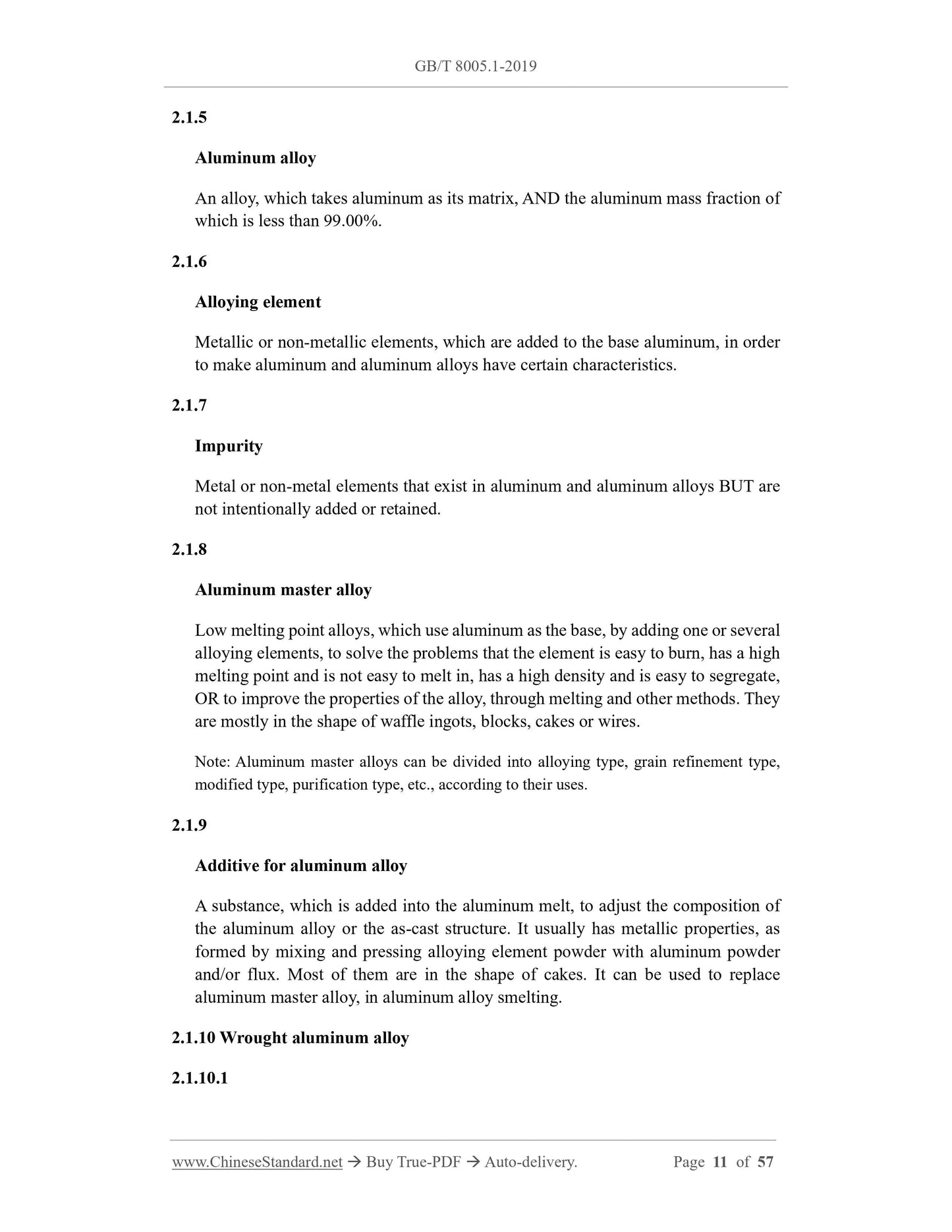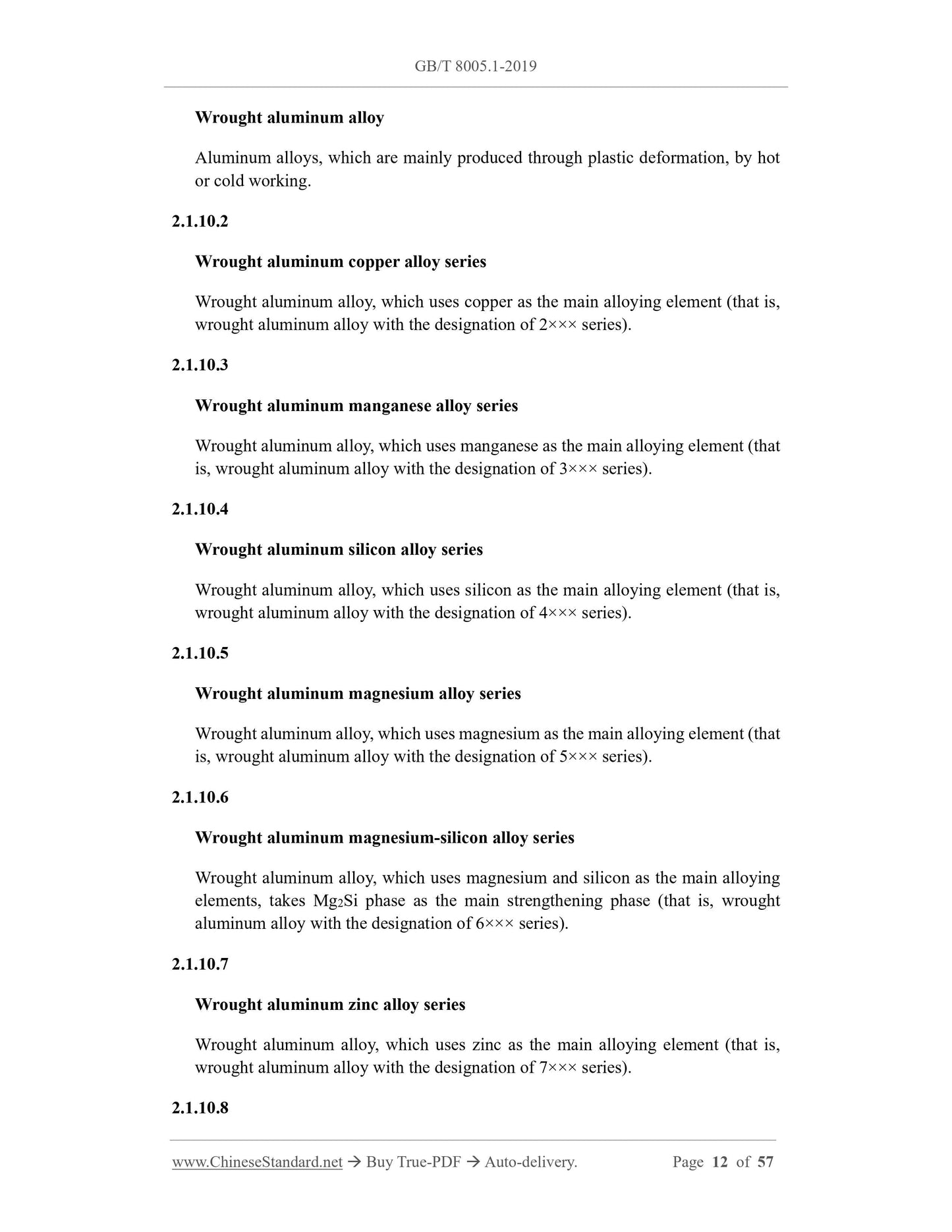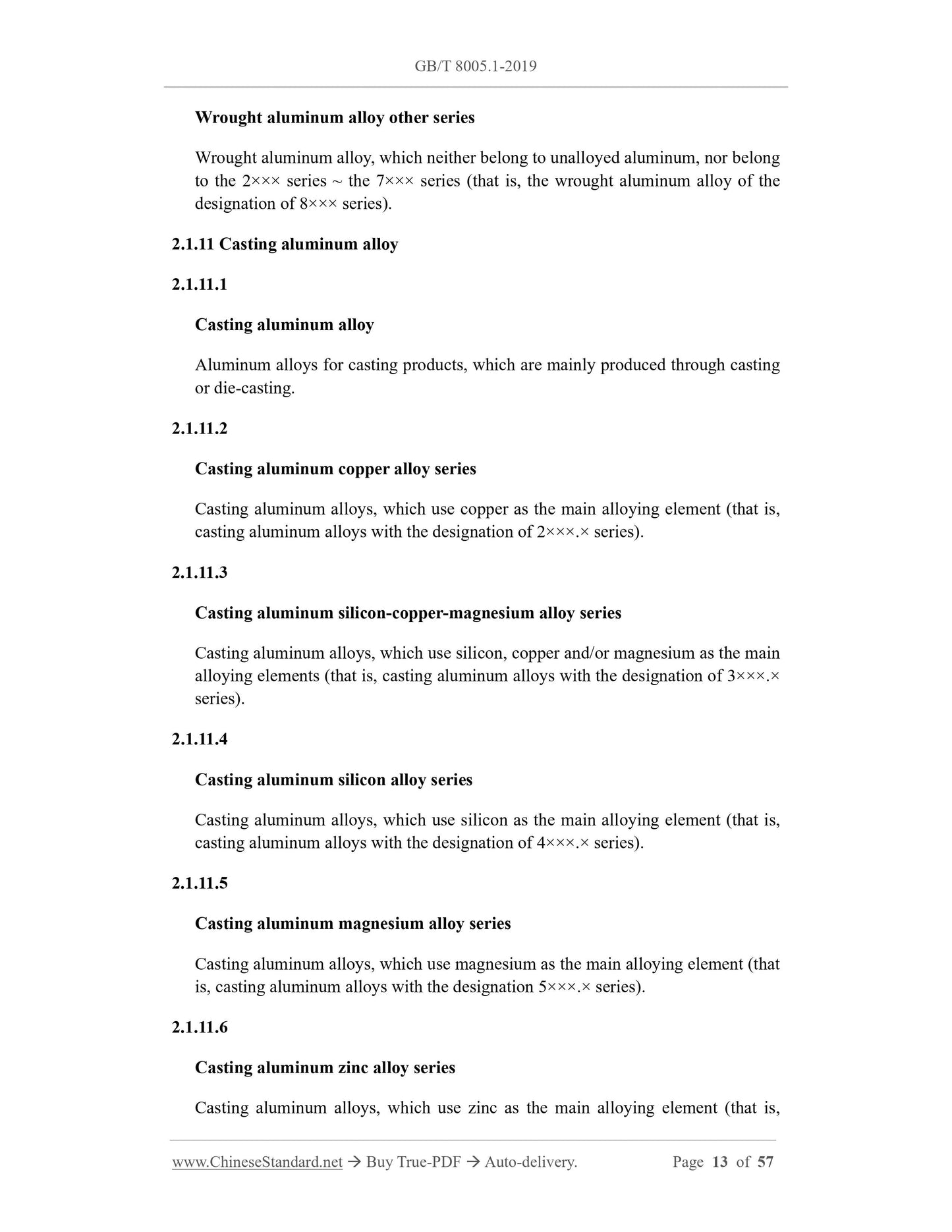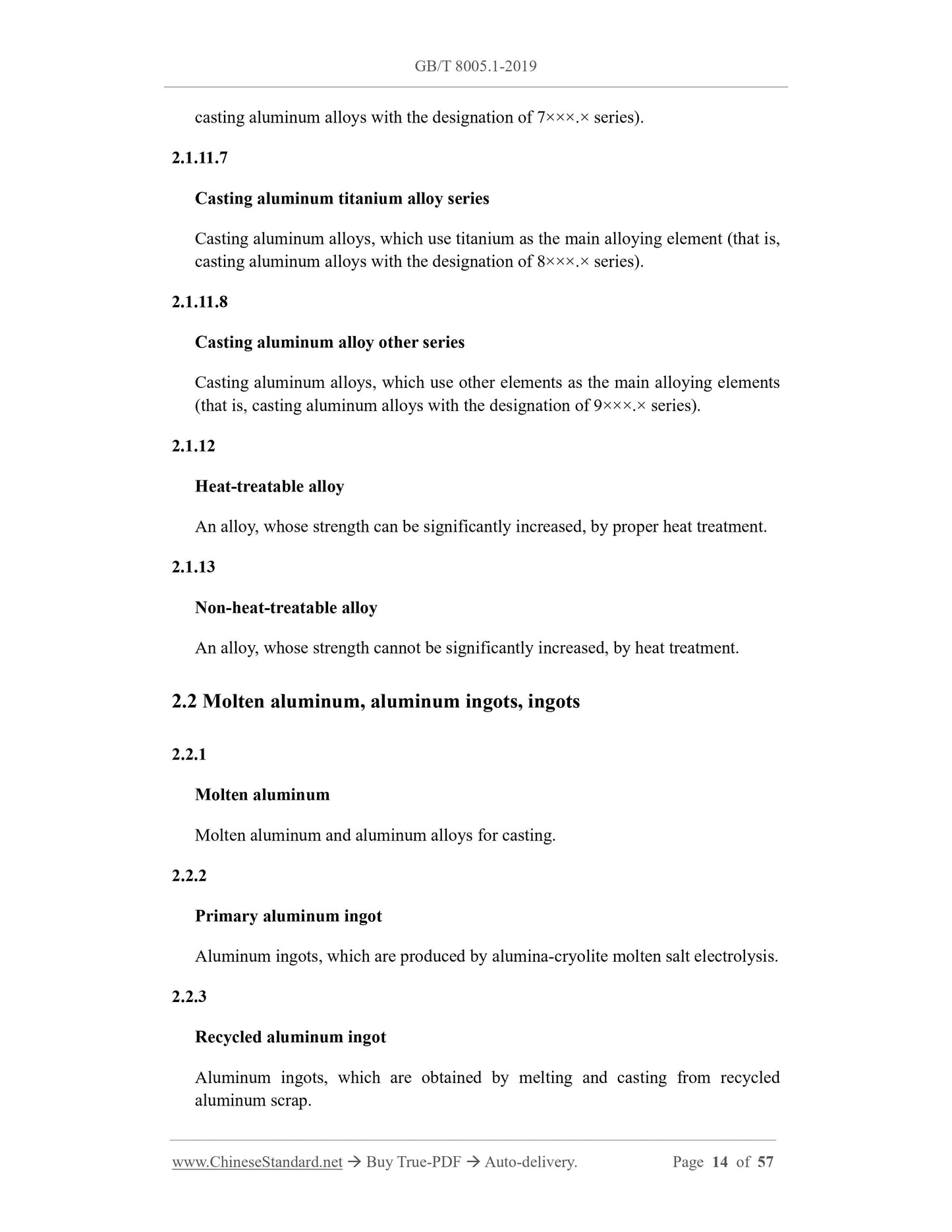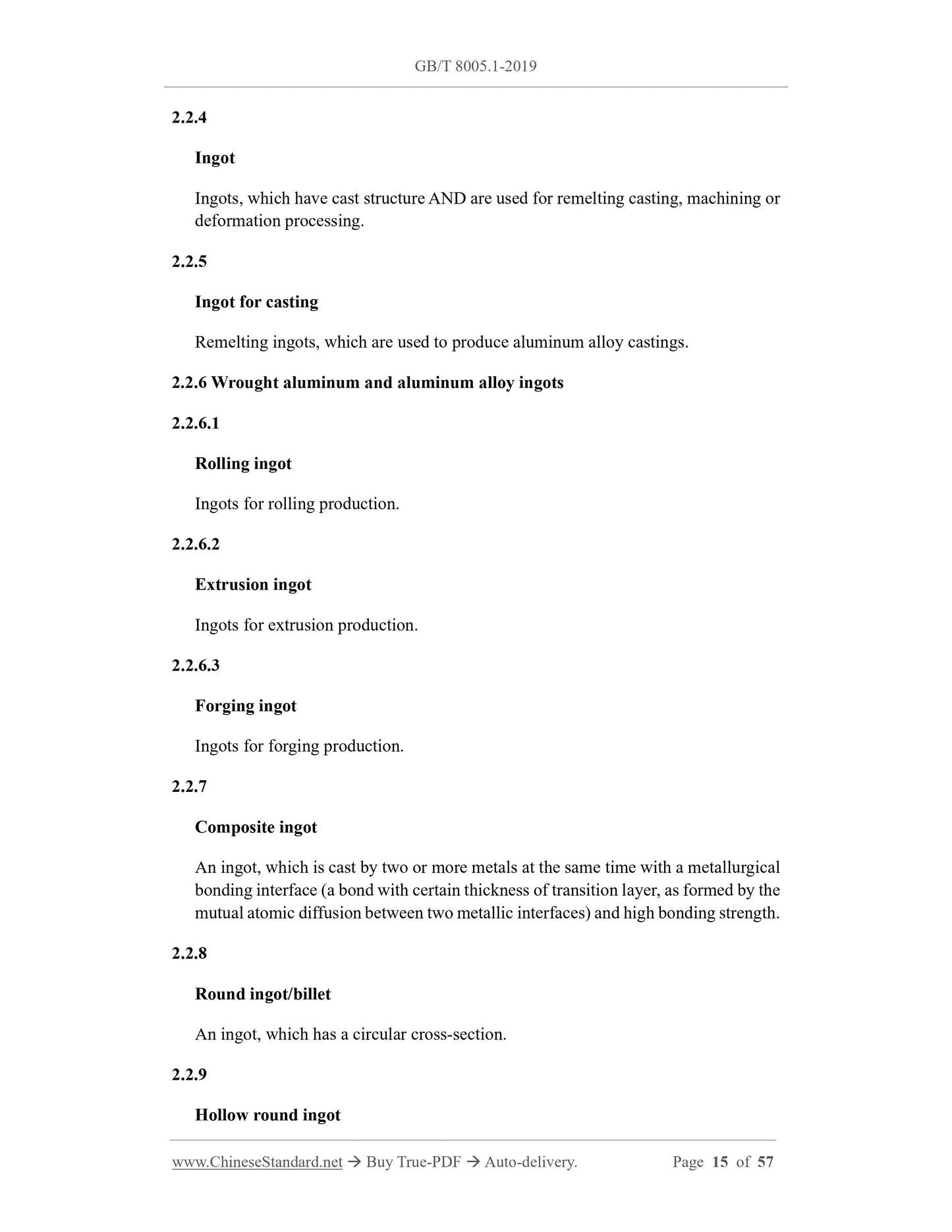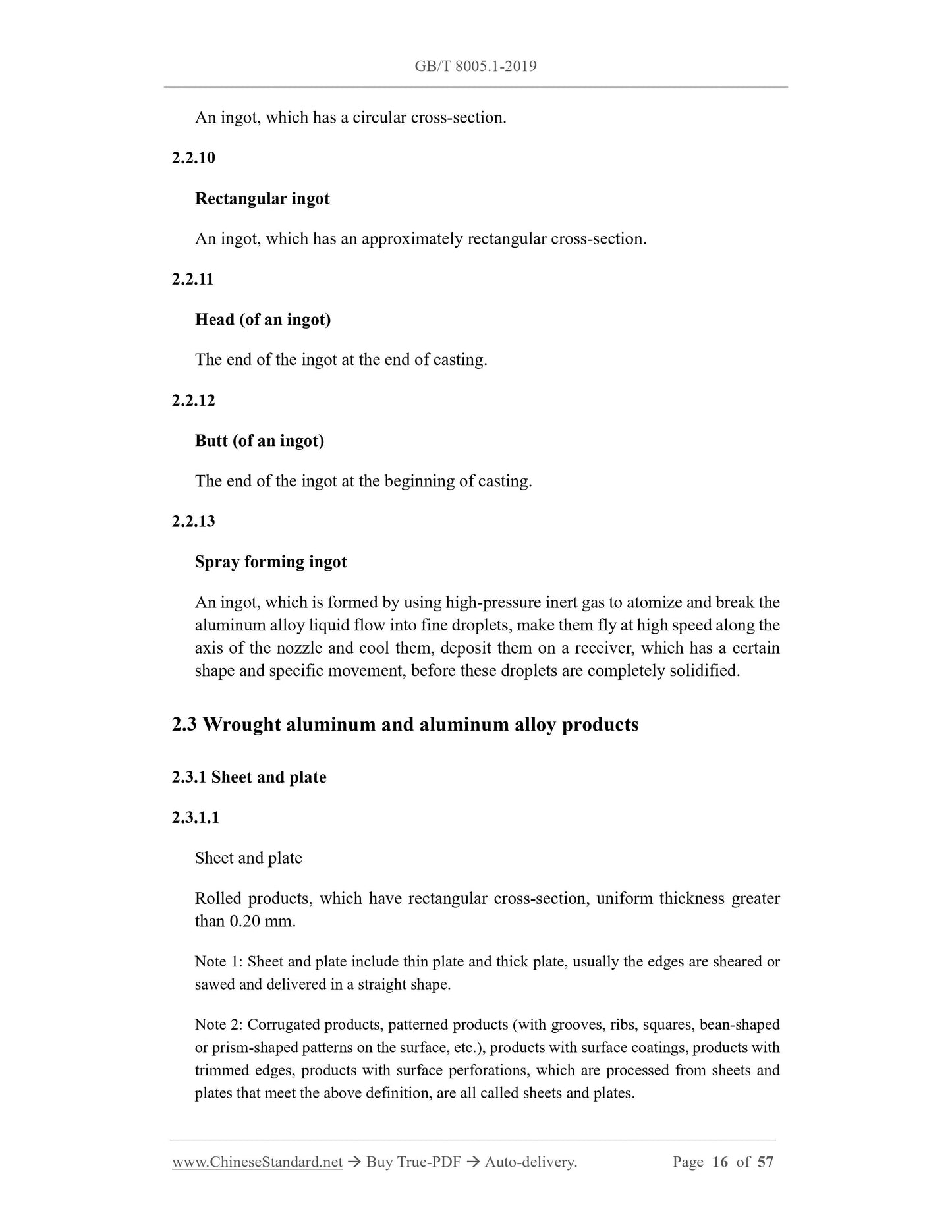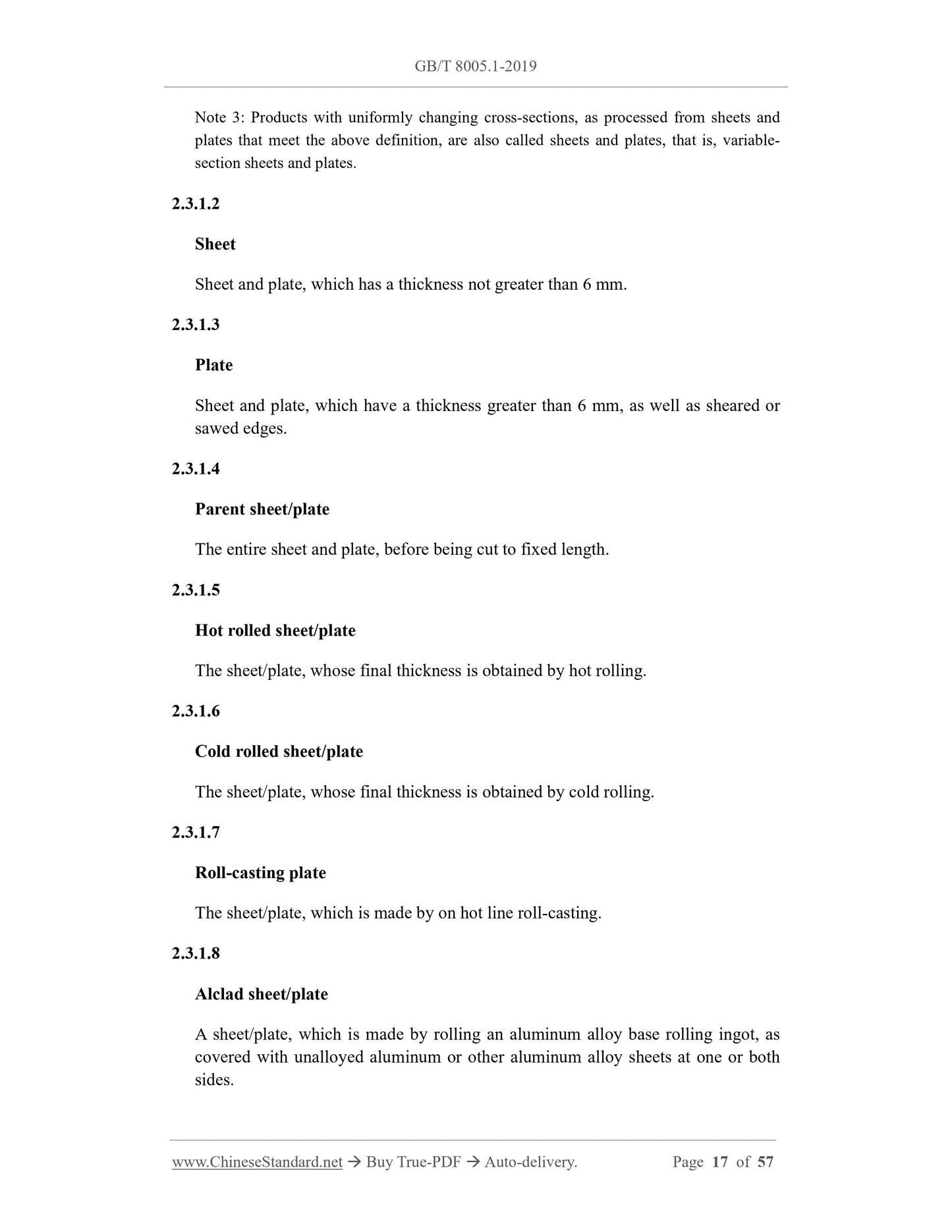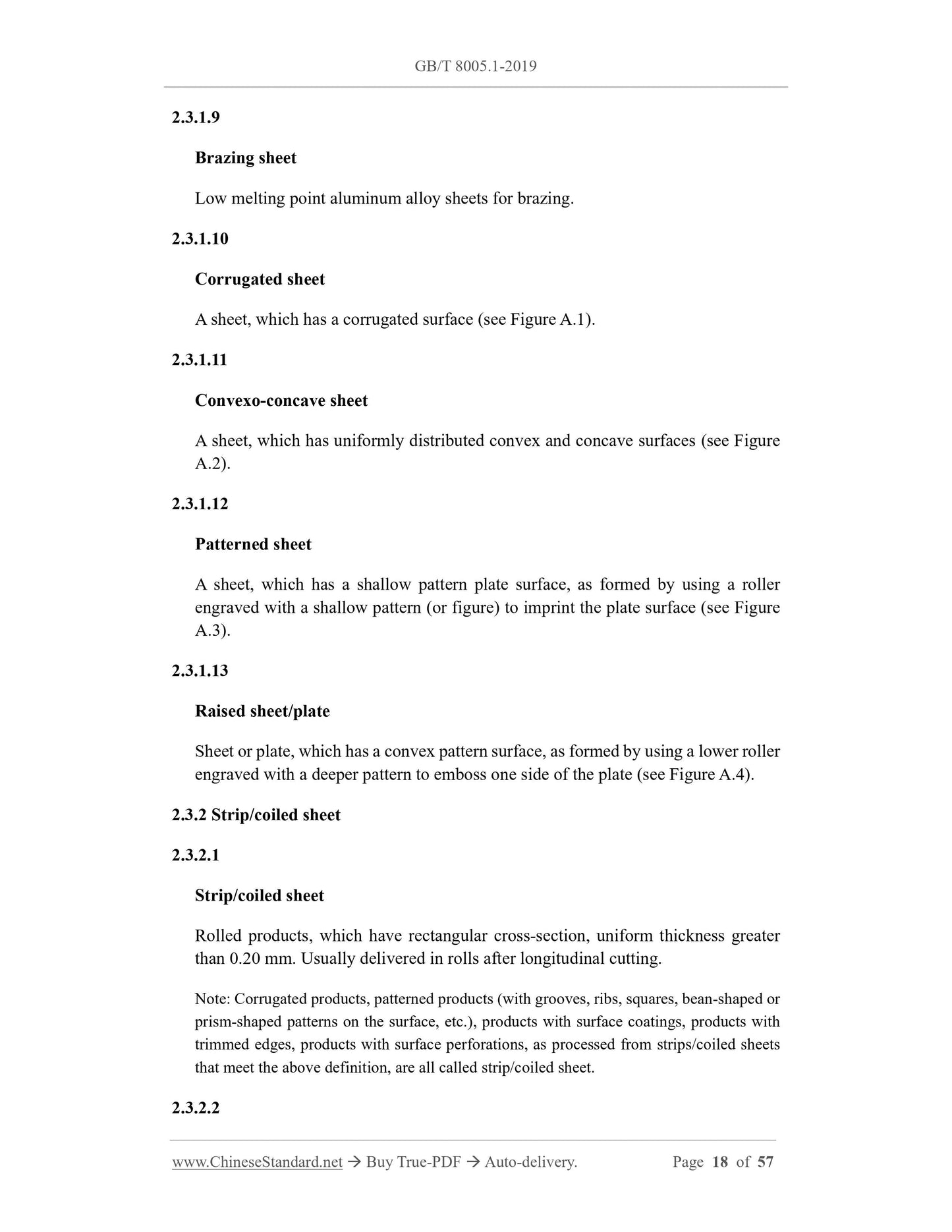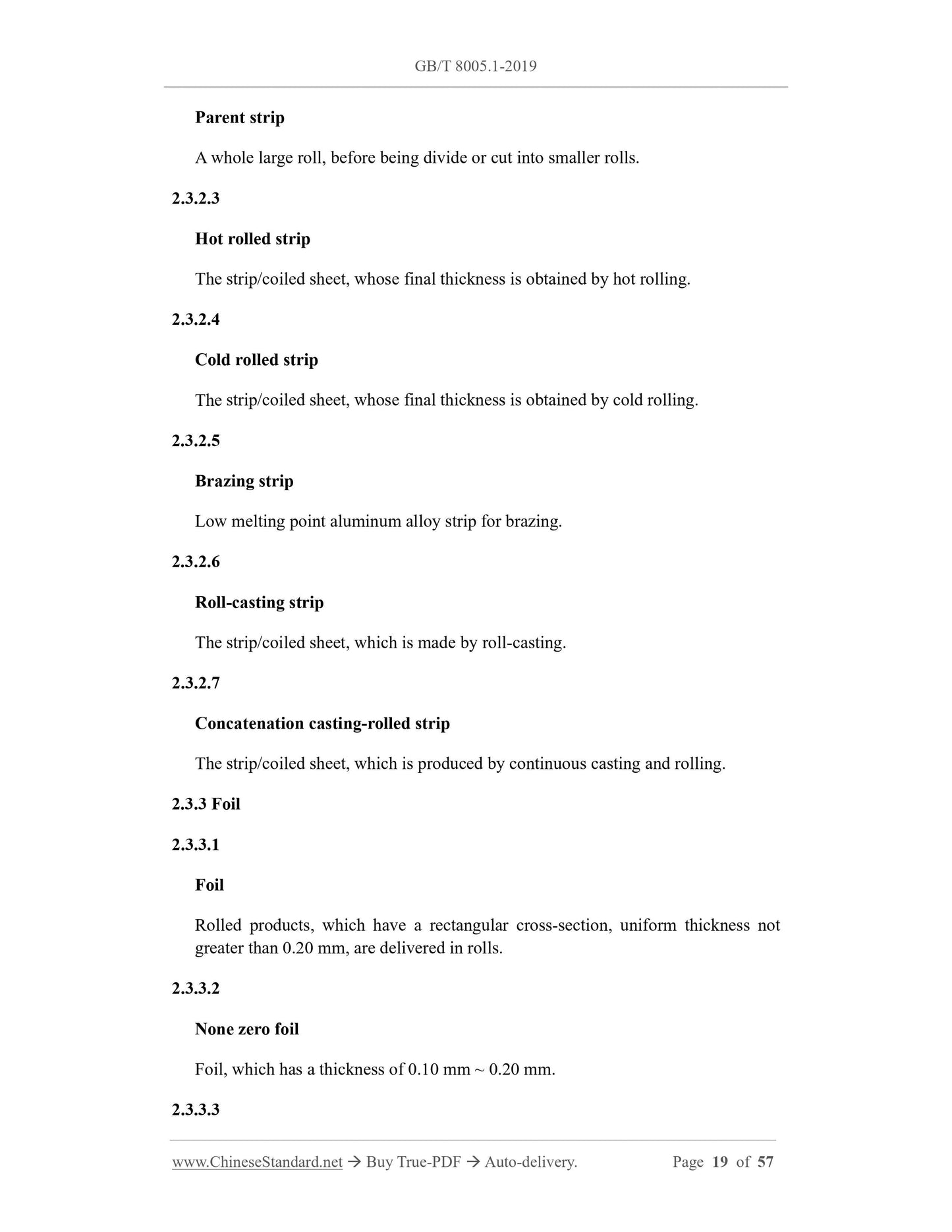1
/
of
12
www.ChineseStandard.us -- Field Test Asia Pte. Ltd.
GB/T 8005.1-2019 English PDF (GB/T8005.1-2019)
GB/T 8005.1-2019 English PDF (GB/T8005.1-2019)
Regular price
$620.00
Regular price
Sale price
$620.00
Unit price
/
per
Shipping calculated at checkout.
Couldn't load pickup availability
GB/T 8005.1-2019: Aluminium and aluminium alloy terms and definitions - Part 1: Product and method of processing and treatment
Delivery: 9 seconds. Download (and Email) true-PDF + Invoice.Get Quotation: Click GB/T 8005.1-2019 (Self-service in 1-minute)
Newer / historical versions: GB/T 8005.1-2019
Preview True-PDF
Scope
This Part of GB/T 8005 defines the terms and definitions involved in aluminum andaluminum alloy products and processing techniques.
This Part applies to aluminum and aluminum alloy products and processing techniques.
Basic Data
| Standard ID | GB/T 8005.1-2019 (GB/T8005.1-2019) |
| Description (Translated English) | Aluminium and aluminium alloy terms and definitions - Part 1: Product and method of processing and treatment |
| Sector / Industry | National Standard (Recommended) |
| Classification of Chinese Standard | H60 |
| Classification of International Standard | 77.150.10 |
| Word Count Estimation | 42,493 |
| Date of Issue | 2019-06-04 |
| Date of Implementation | 2020-05-01 |
| Issuing agency(ies) | State Administration for Market Regulation, China National Standardization Administration |
Share
